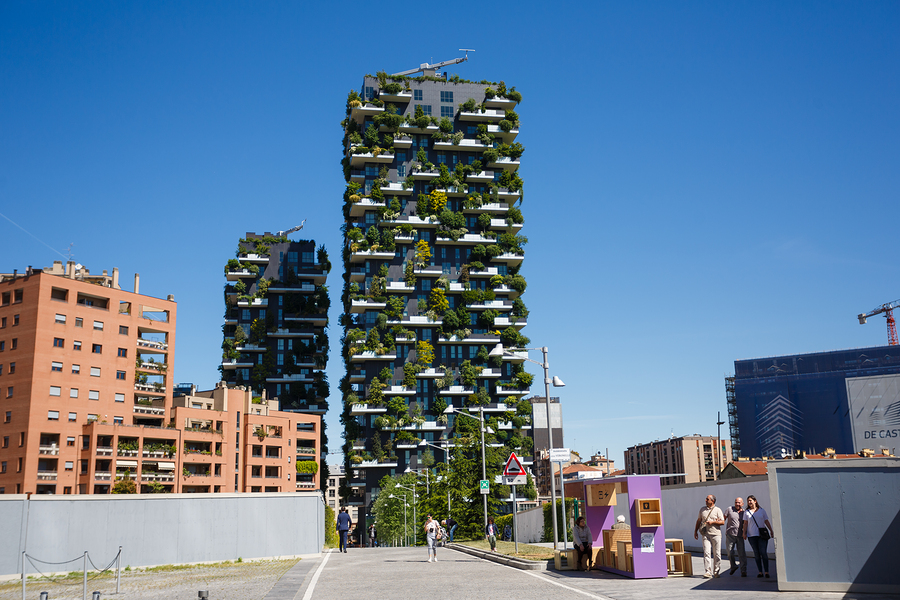
THE discussion of urban design, with the help of major online magazines such as Dezeen, Metropolis and The Global Urbanist and Roman Mars podcast 99% Invisible, has permanently left the architects' and urban planners' studios.
Since 2008, when the world's population became evenly split between rural and urban areas, urbanization has continued to grow exponentially and by 2014 the UN had estimated that 54% of the world's population already lived in urban areas and that the proportion of those living in cities was due to increase to 66% by 2050.

This explosive growth has had a direct bearing on the increased amount of interest in the urban environments more than half of us inhabit every day. Urban designers, who according to the Urban Design Group are those who are "interested in more than just the design of a single building or the interests of a single user," are now in demand, because their role necessarily involves taking into account complex considerations which directly reflect the increasing physical complexities of our urban landscapes as they grow.
Urban designers, Cardiff University explain, combine knowledge of urban policy, architectural design and landscape design. The university describes the nature of urban design work as also including consideration of political, sociological, cultural and economic factors. So the task of studying urban design, and the content of an urban design course, reflect the complexity of the work urban designers themselves have to contend with.
For those who feel they would value intellectual challenges to satisfy their curiosity studying this subject and aiming to take this career path may be an ideal choice.

The Urban Design Group explain that the role of an urban designer is very new, and born out of endless conflicts between aesthetically-minded architects and logistically and politically-minded urban planners. As there are no professional accreditations for urban designers, the scope of their role can contract and expand from project to project.
An urban designer could be asked to develop an imaginary vision for a place, design a built space, advise on a regeneration project or develop an analysis of the psychological context of a workspace or residential space. They can also be involved in consultations with the community over new developments and regeneration projects, for all of the above be asked to provide graphic representations of their vision. Look here for the Urban Design Group's examples of work urban designers may be asked to do.

Urban designers can be employed in in the private, public and voluntary sectors. In the private sector, companies such as Arup take on enormous urban projects involving whole city centres in order to make public places and cityscapes better places to live and work.
Gensler, a major global urban design company, describe how wide the considerations for urban designers can be and illustrate how many different opportunities there are within the industry. They describe their role as, "serving people and sustaining the environment to spur healthy growth and building the brand that cities need to be attractive destinations for business and living."

Atkins, another major global firm who offer urban design services, describe how their approach involves using the best of the old infrastructure and architecture and combining it with new approaches, in order to best preserve the past and ensure a sustainable urban environment for the future: "The masterplan must make the most of existing assets, for instance, historic buildings and townscape, as well as introduce new dynamics. It must be a catalyst for attracting funding and inward investment. High quality and sustainable development, long-term economic viability and the protection of the environment are central."

The Urban Design Group suggest that prospective urban designers study architecture, town planning, landscape architecture, geography or engineering at undergraduate level before focusing on urban design during their postgraduate studies. Cardiff University offers a postgraduate course which is taught jointly by the Welsh School of Architecture and the School of Geography and Planning.
The course is recognised by the Royal Town Planning Institute as a specialist Masters course for those who have completed a least a three-year RTPI recognised undergraduate spatial planning degree. The Cardiff course is also accredited by the Royal Institution of Chartered Surveyors (RICS), allowing completion of the educational requirement for RICS membership.
This editorial was sponsored by Cardiff University, to find out more about their courses take a look at their profile.